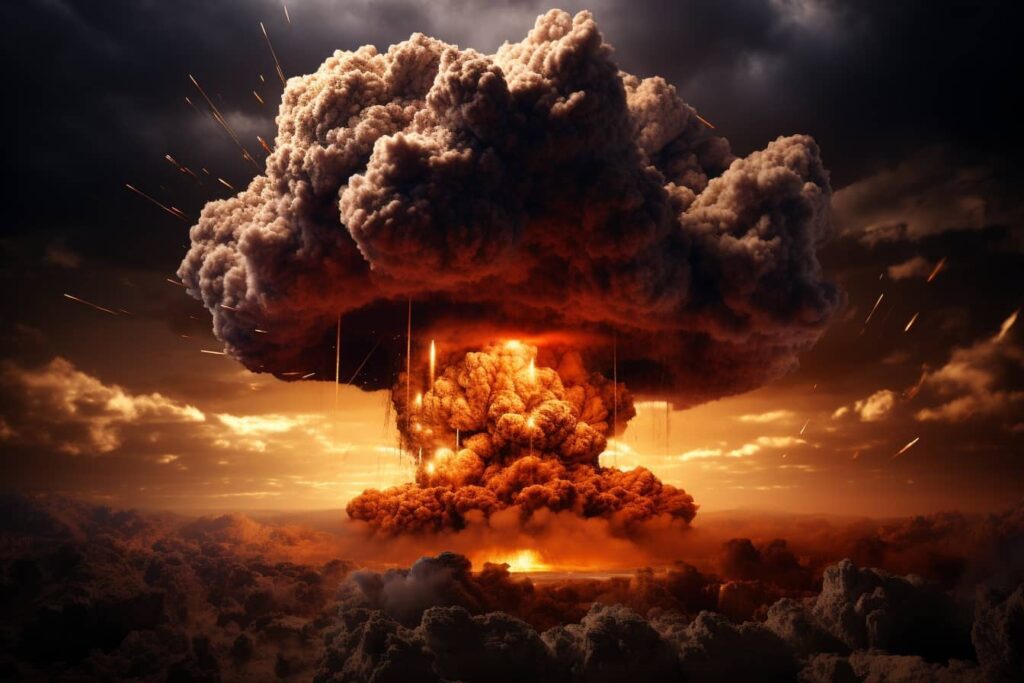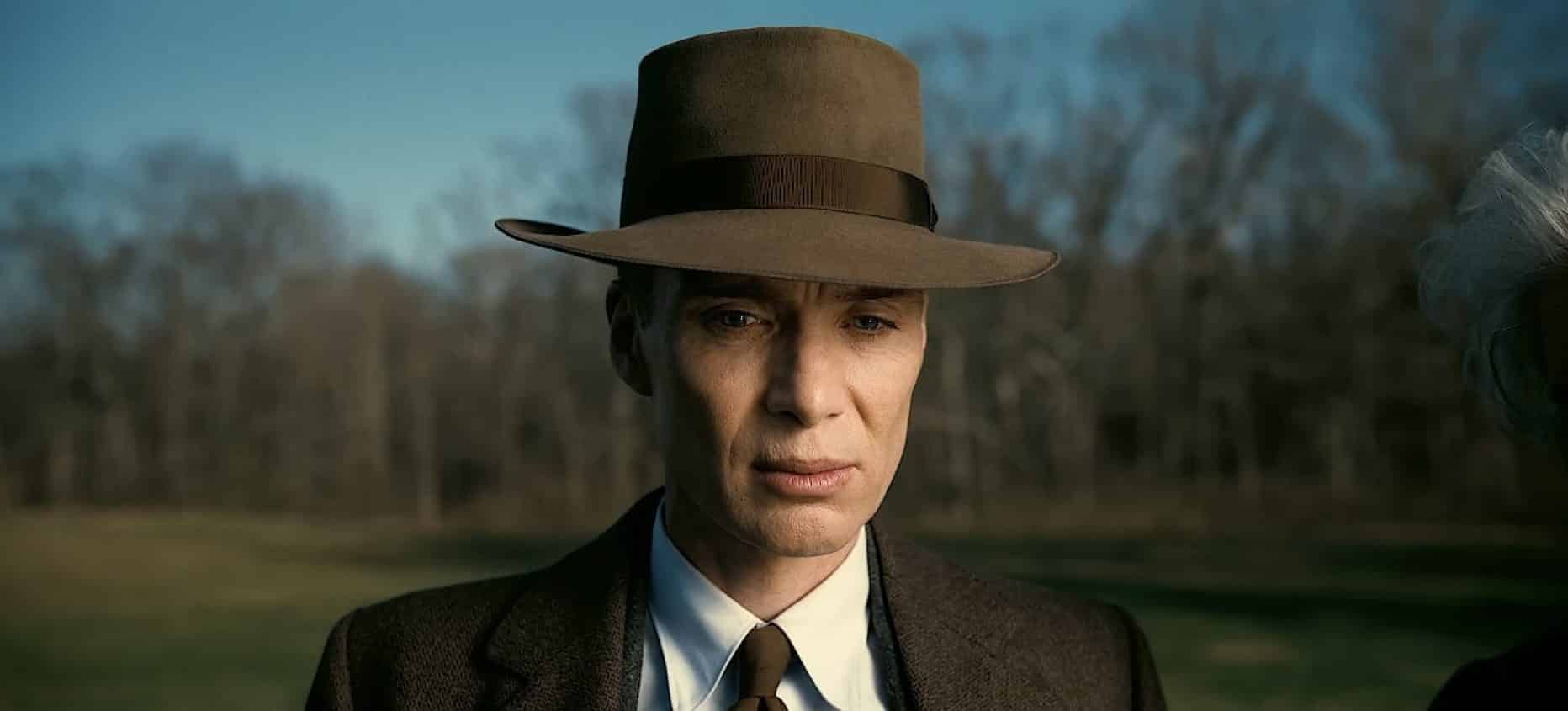Ah, the cinema! How many times has he presented us with apocalyptic scenarios, often relegated to the realm of pure fantasy. But what happens when reality surpasses fiction? Take, for example, Christopher Nolan's new film, "Oppenheimer", just released in the USA (we will see it in Italy from the end of August). In a key scene, Leslie Groves, played by Matt Damon, expresses his concern about destroying the world with a single bomb. Ridiculous? Maybe not as much as we think.
Oppenheimer and the fear of destroying the world in one fell swoop
The film portrays the tension before the Trinity test, the first detonation of an atomic bomb. JRobert Oppenheimer, the inventor of the nuclear bomb, reassures Groves that the chances of wiping out all life on Earth are slim to none. “Almost zero?” An answer that certainly didn't calm Groves' nerves. And who could blame him? “Zero would have been better!”, he says.
An "almost" like this won't let you sleep at night, by Jupiter. Also because “Oppenheimer”, as you know well, is not just a cinematic fiction.
These concerns were shared by the Manhattan Project physicist, Edward Teller. According to Dr Steven Biegalski, president of Nuclear and Radiological Engineering at the Georgia Institute of Technology, Teller feared that the heat from the explosion would cause hydrogen in the atmosphere to fuse, triggering a catastrophic chain reaction. Simply put, it could have literally set the world on fire.
“Fortunately,” as Biegalski points out, “this did not happen.”

Destructive power: when is "enough" enough?
How powerful and destructive can a nuclear bomb become? The doctor Tara Drozdenko, director of the Global Security Program atUnion of Concerned Scientists, offers us a perspective.
La atomic bomb dropped on Hiroshima during World War II had a power of 15 kilotons, equivalent to 15.000 tons of TNT. But the most powerful bomb ever made, the Tsar Bomba tested by the Soviet Union in 1961, had a yield of over 50.000 kilotons. If you think that's impressive, keep in mind that it was designed to be twice that size!
Practicality meets power
Is there a limit to how powerful a bomb can be? According to Drozdenko, yes. A bomb like the Tsar would be too large to launch as a missile and would pose a huge risk to any crew hoping to drop it from an aircraft.
And, as Biegalski also points out, there is a maximum limit indeed. For two reasons: first, the amount of material available. Second, the fact that, beyond a certain point, the bomb would self-destruct.
What Remains of Oppenheimer: A Future to Avoid
In summary, the question (re)flowered with the Oppenheimer film remains: could a single "nuclear bomb of maximum theoretical dimensions" destroy the world?
And here comes the good, or if you prefer the bad. Biegalski doesn't know. One thing is clear, though, he says: “I hope we never venture in that direction.” And we with him.


